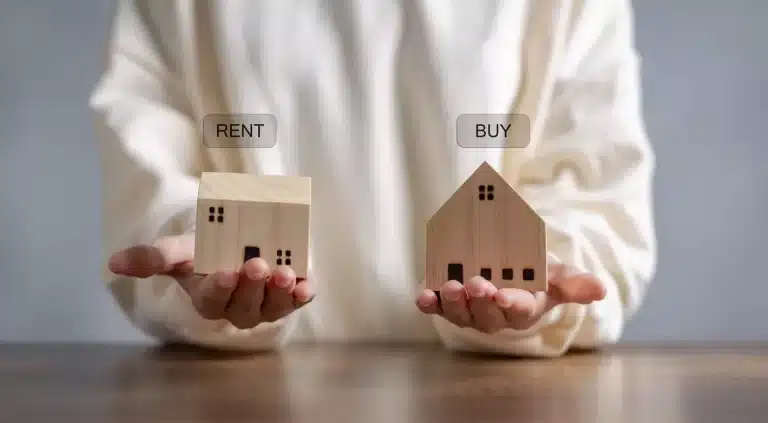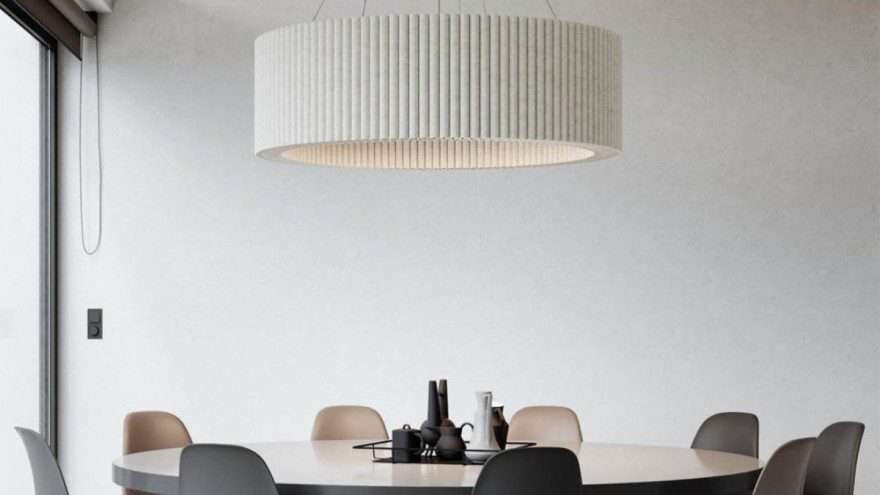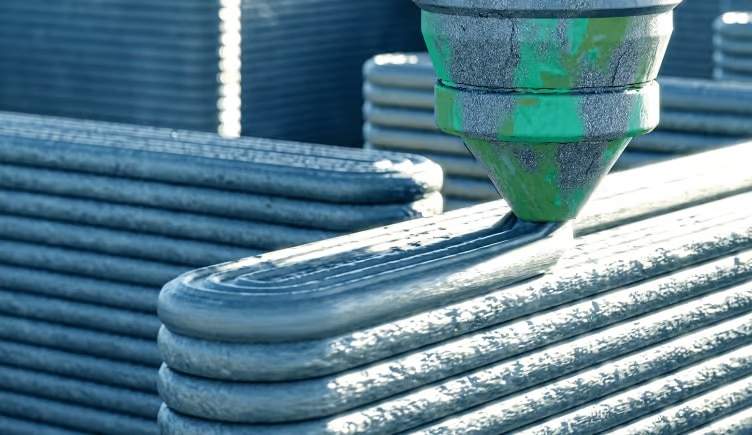Green building can be used interchangeably with green building or sustainable building, therefore, green building means using resource efficient and environmentally responsible processes in construction to ensure the sustainability of the life of the building.
Primarily, the sustainability context of a building includes the processes of construction, site design, maintenance, repair, and demolition with minimal harm to the environment.
The process requires close collaboration between the building engineers, the client and the architects on the entire construction project.
The goal is to ensure that building and construction methods are cost-effective, durable and minimize overall impacts on the environment and human health with a primary focus on efficient use of energy and resources, water conservation, improvement of occupational health, and minimization of pollution.
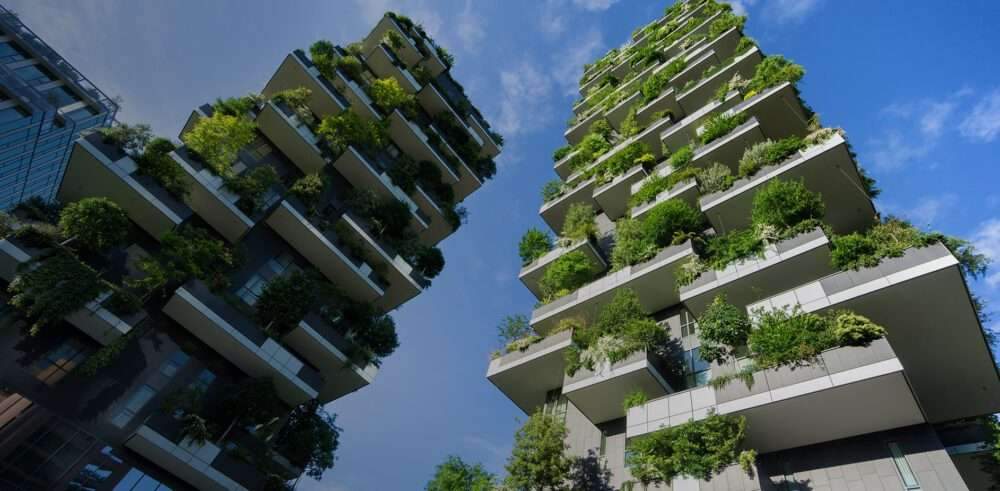
Sustainable tools and techniques used in green building
solar energy
Solar energy has been increasingly exploited as a sustainable building technology. In green building, it can be used in two ways, one is related to active solar energy and the other is passive solar energy.
Active solar energy uses functional solar systems that absorb the sun’s radiation for use in heating and providing electricity, and reduces the need for electricity or gas.
On the other hand, passive solar energy uses sunlight to heat homes through strategic placement of windows and the use of heat-absorbing roofs.
Windows allow energy to pass through, and the heat absorbed reduces the need to use energy to heat the home in cold times such as winter.
Pre-installation costs are higher than conventional methods, but in the long run they save on energy bills and reduce greenhouse gas emissions from non-renewable energy sources such as fossil fuels.
Biodegradable materials
Using biodegradable materials is an environmentally friendly way to make building sustainable.
Where most traditional building materials lead to the accumulation of waste products and toxic chemicals,
Most of which take hundreds of years to decompose, and even after they decompose, they pollute and harm the environment.
Biodegradable materials such as bamboo, wood and mycelium (a type of fungus) do not have to end up
And the classic linoleum and organic paints are sustainably sourced in landfill.
They reduce negative impacts on the environment because they decompose easily without releasing toxins.
Biodegradable materials used in the construction of foundations, walls and insulators are also part of sustainable building technologies.
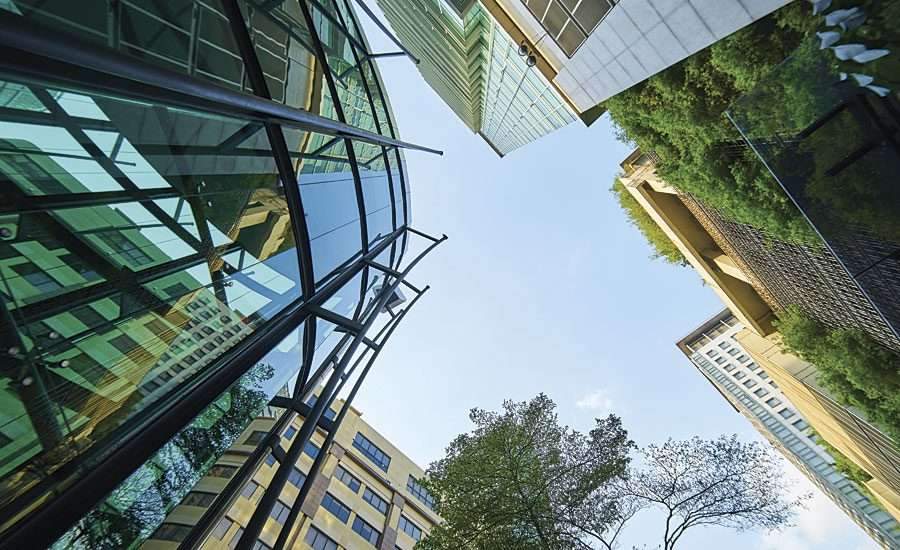
green insulation
Insulation is one of the biggest concerns when it comes to the construction of buildings and homes, however,
Most people hardly know that isolators are just wall-mounted filters that don’t need to be made of expensive, high-quality materials.
Green insulation has proven to be a sustainable building technology because it eliminates the need for high-end finishes made from non-renewable materials.
It also offers a solution using old and used materials, such as denim and newspaper. In other words, green insulation uses recycled materials to line the walls.
Use of smart devices
Homes and commercial buildings consume most of the energy in the world, which is why it has been necessary to use smart devices as part of sustainable building technologies.
Where robust construction techniques emphasize the installation of efficient and energy-saving appliances.
Appliances such as mini ovens, SmartGrid refrigerators, dishwashers, and washing machines are examples of these sustainable technologies.
The technology aims to create zero-energy homes as well as commercial buildings.

cool ceilings
Cool roofs are a sustainable green design technique that aims to reflect heat and sunlight away.
They help maintain homes and buildings at standard room temperatures by decreasing heat absorption and heat emission.
The cool roof design uses reflective paints and special tiles that absorb less heat
It reflects most of the solar radiation by lowering temperatures by up to 50°C during the summer.
Cool roofs also help reduce reliance on air conditioning, thus reducing energy use.
This leads to the reduction of cumulative greenhouse gas emissions from power plants.
For vertical cities a case study of residential towers and high-rise buildings





